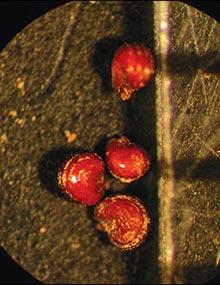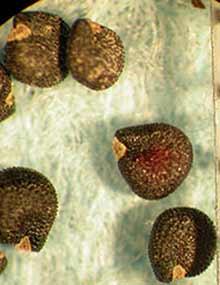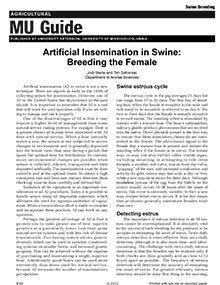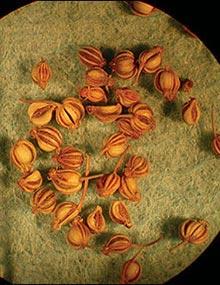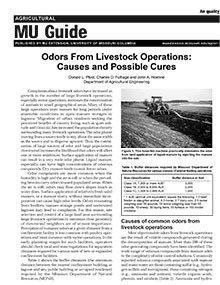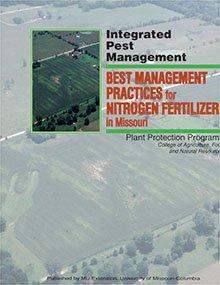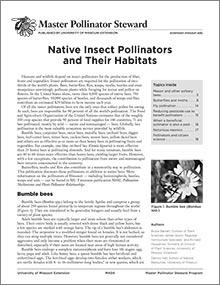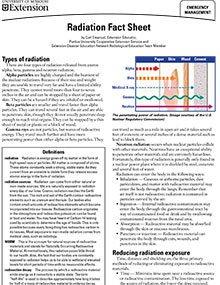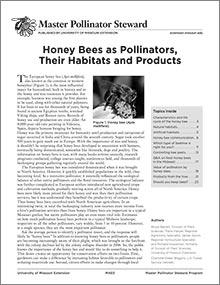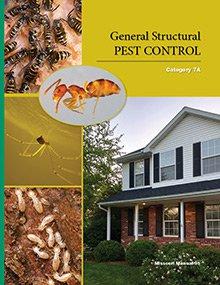Missouri Weed Seeds, Page 03
Reviewed
Aizoaceae is a small family of plants. Other than carpetweed, only two species of plants in this family are known to occur in relatively isolated locations in Missouri.
Missouri Weed Seeds, Page 38
Reviewed
Of 20 genera known within Portulacaceae (Purslane famiy), there are only three present in the state. Purslane is the most common among them.
Artificial Insemination in Swine: Breeding the Female
Reviewed
The use of artificial insemination in the U.S has skyrocketed. Visit our website to view our Artificial Insemination in Swine: Breeding the Female article.
Missouri Weed Seeds, Page 06
Reviewed
Apiaceae (Carron family), also known as the parsley family, is a large family that includes several herbal plants, such as caraway, dill and fennel. It also contains several toxic plants, such as poison hemlock and water hemlock.
Best Management Practices for Nitrogen Fertilizer in Missouri
Reviewed
Successful nitrogen management delivers enough nitrogen to crops to optimize yield and profitability while minimizing losses to water and air. Learn the best management practices from sound economic, production and environmental viewpoints in this guide.
Radiation Fact Sheet
Reviewed
Editor’s note
On 1/22/15, a web address was updated on this page and in the PDF.
Coping With Summer Heat
Reviewed
The heat of a Missouri summer not only can make for high utility bills, but also can be deadly. Here are some tips to help keep you comfortable, healthy and penny-wise.
Honey Bees as Pollinators, Their Habitats and Products
New
Learn about the honey bee, from its life cycle, to its various races, to its pest problems, the benefits it provides, and how we can aid its success in this University of Missouri Extension guide. Become a Master Pollinator Steward!
Conserving Missouri's Wild and Managed Pollinators
New
Pollinators are critically important for natural ecosystems and crop production. Learn why pollinators are crucial, the major threats confronting them, conservation steps being taken, and how you can help in this University of Missouri Extension guide.
Squeezed by Rising Food Prices?
Reviewed
Small changes in your shopping habits can mean saving money at the grocery store. Check for tips on this page that can work for you and your family.
Challenges and Choices: Fit for Life
Reviewed
Editor's note
This webpage contains updated contact information at the end of the So get moving section that is outdated in the PDF version.
Collective Bargaining 2: Behavioral Factors Influencing Union Bargaining Power - Page 2
New
Not all local unions approach the collective bargaining process from the same scope of institutional power, nor should they. Collective bargaining is not a ‘one size fits all’ undertaking. In some cases, a local may be responsible for all aspects of the bargaining process with the international union filling only an advisory, consultative or oversight function.
Collective Bargaining 2: Behavioral Factors Influencing Union Bargaining Power - Page 5
New
Membership support of and involvement in the bargaining process Membership support of and involvement in the bargaining process
Economic security and workplace representation are important goals of the union in the bargaining process.
Collective Bargaining 2: Behavioral Factors Influencing Union Bargaining Power - Page 3
New
Organizational behavior Organizational behavior
When individuals are brought together in any social setting, they may collectively evolve into one of several forms of social organization.
Collective Bargaining 2: Behavioral Factors Influencing Union Bargaining Power - Page 6
New
Building an effective bargaining committee Building an effective bargaining committee
The primary factors for the determination of who will serve on the bargaining committee are the constitution and by-laws of the orga
Collective Bargaining 2: Behavioral Factors Influencing Union Bargaining Power
New
Introduction Revised by Douglas Swanson, June 2022
Collective Bargaining 2: Behavioral Factors Influencing Union Bargaining Power - Page 4
New
Strategic and tactical planning Strategic and tactical planning
One method for taking advantage of both the common and diverse interests of the membership of a local union is to approach bargaining as one aspect of a broader process of stra
Tree Pests: Emerald Ash Borer - Page 3
New
Where EAB has been found
EAB has spread significantly since its original detection in the Detroit area back in 2002, and as one can see from this map, there are still a lot of vulnerable locations across the United States.
Tree Pests: Emerald Ash Borer - Page 4
New
Track EAB activity for 2020
Statewide for 2020, EAB activity is now declining. However, symptoms such as bark flecking and epicormic sprouting will continue to show up on infested trees.
Tree Pests: Emerald Ash Borer - Page 7
New
EAB management for cities and towns
Tree Pests: Emerald Ash Borer - Page 10
New
Slow the spread of EAB
Even though the entire state of Missouri is now under federal quarantine and it is legal to move ash products and hardwood firewood among counties within the state, the Missouri Invasive Forest Pest Council URGES everyone to follow the following steps to protect from the spread of EAB:
General Structural Pest Control (Category 7A)
Revised $30
Editor's note
The following abstract describes a publication that is only available for purchase.
